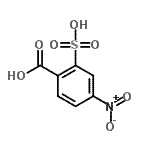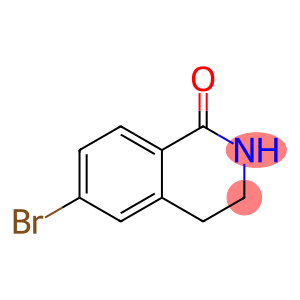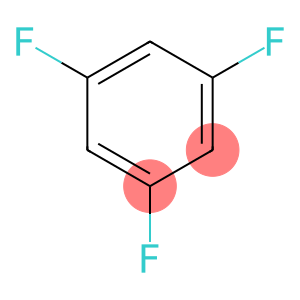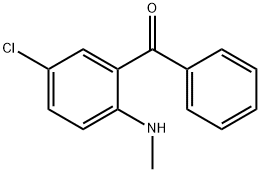Allyl cyclohexylpropionate(CAS#2705-87-5)
| Hazard Symbols | Xn – Harmful |
| Risk Codes | 20/21/22 – Harmful by inhalation, in contact with skin and if swallowed. |
| Safety Description | S36/37/39 – Wear suitable protective clothing, gloves and eye/face protection. S45 – In case of accident or if you feel unwell, seek medical advice immediately (show the label whenever possible.) |
| UN IDs | 2810 |
| WGK Germany | 2 |
| RTECS | GV6735000 |
| HS Code | 29162090 |
| Hazard Class | 6.1(b) |
| Packing Group | III |
| Toxicity | The acute oral LD50 has been reported as 585 mg/kg in the rat (B?r & Griepentrog, 1967). |
Introduction
Pineapple ester is an organic compound. The following is an introduction to the properties, uses, preparation methods and safety information of pineapple ester:Quality:- Appearance: Pineapple ester is a colorless or yellowish liquid.- Smell: Has a fresh pineapple scent.- Solubility: Pineapple ester is soluble in organic solvents such as ethanol and ether.Use:- Chemical experiments: Pineapple ester is often used as a solvent in organic synthesis laboratories.Preparation method:- Pineapple ester can be obtained by reacting acetic acid with isobutanol. The reaction equation is:CH3COOH (CH3)2CHCH2OH → CH3COOCH2CH2CH(CH3)2 H2OSafety Information:- Pineapple ester is generally a low-toxicity compound and is not obviously irritating or corrosive.- Avoid direct contact with skin and eyes when using pineapple ester, and rinse immediately with water if there is contact.- Avoid prolonged exposure to high temperatures or open flames to prevent the volatilization and burning of pineapple esters.- During use, good ventilation conditions should be provided.



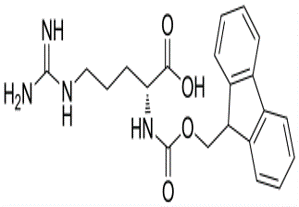
![2,2,6,6,7,8,8-heptamethyl-decahydro-2H-indeno[4,5-b]furan(CAS#476332-65-7)](https://www.xinchem.com/uploads/heptamethyl-decahydro-2H-indeno.jpg)
